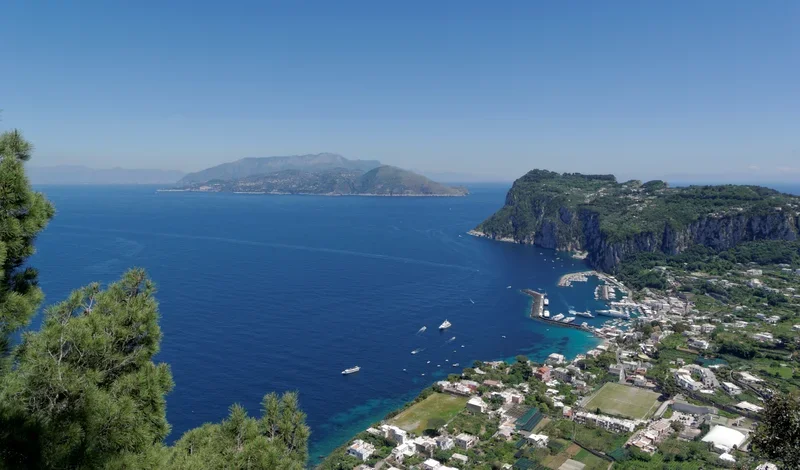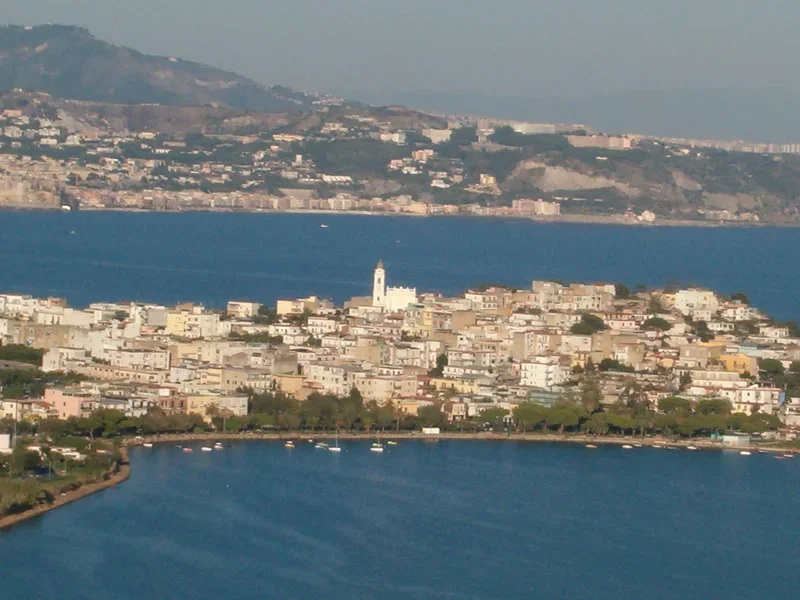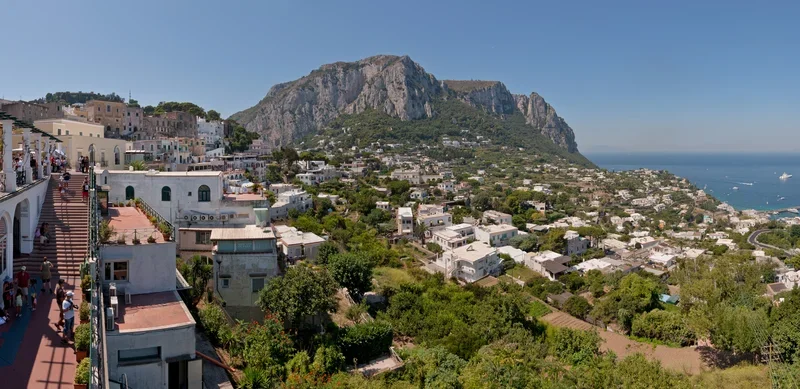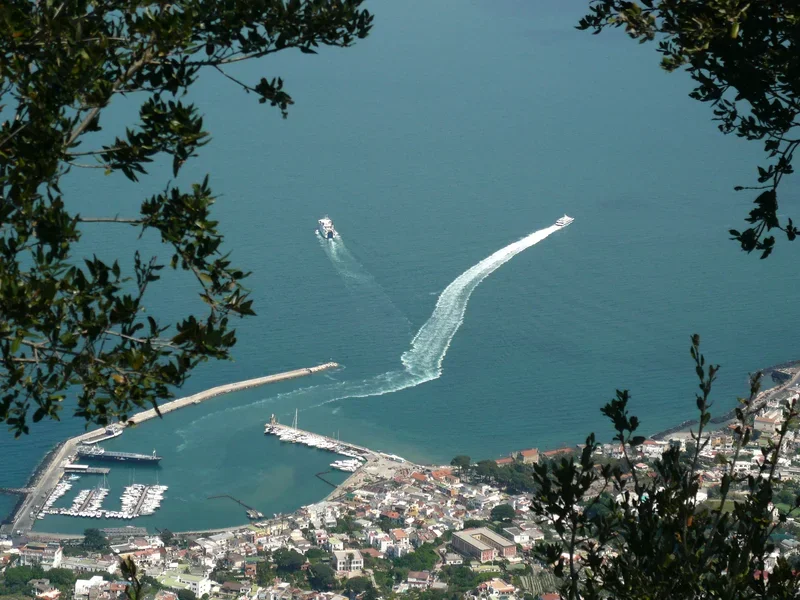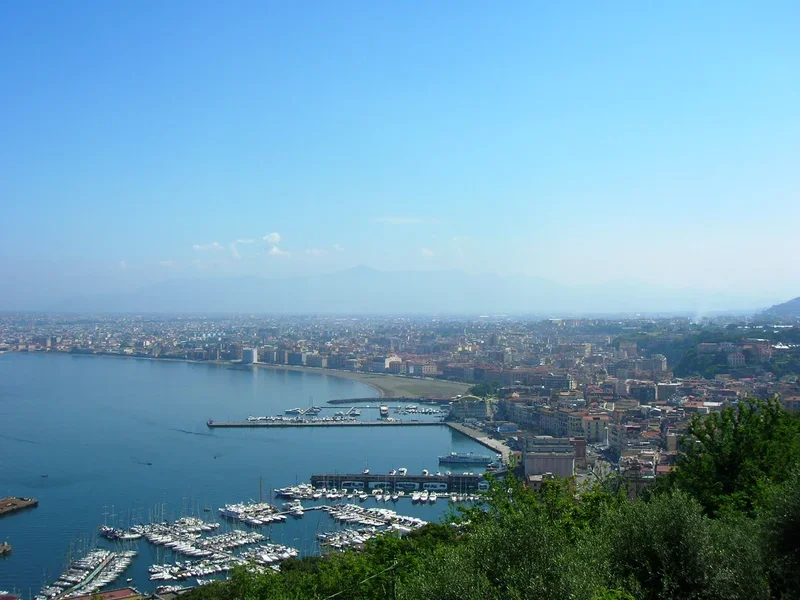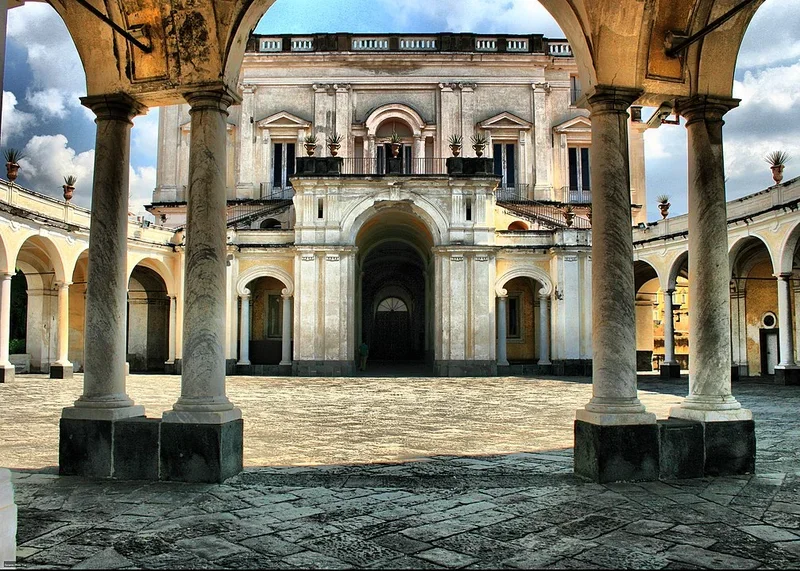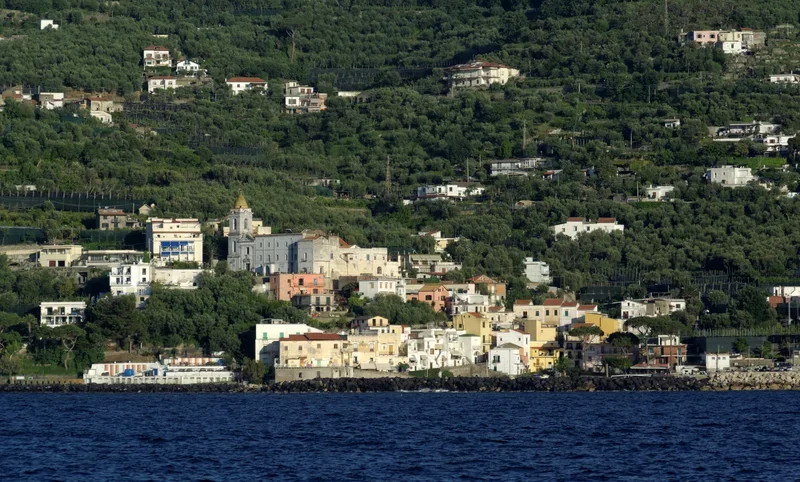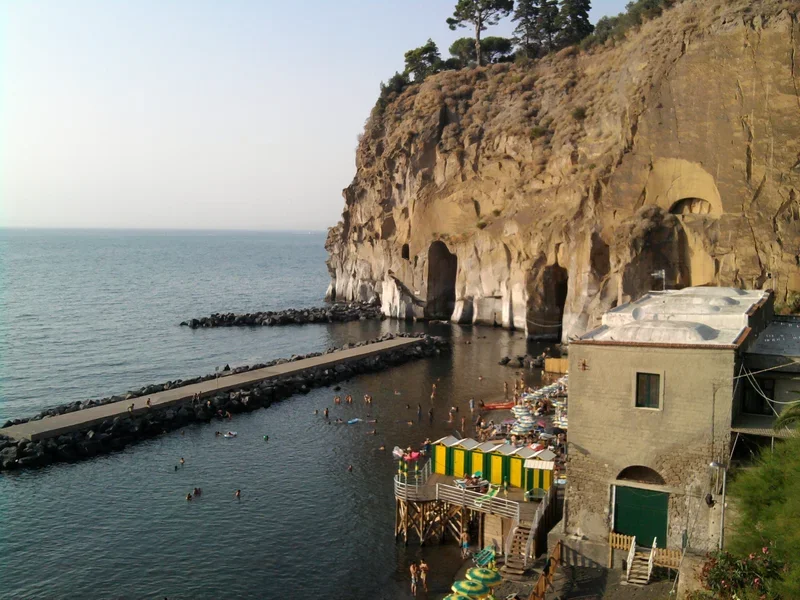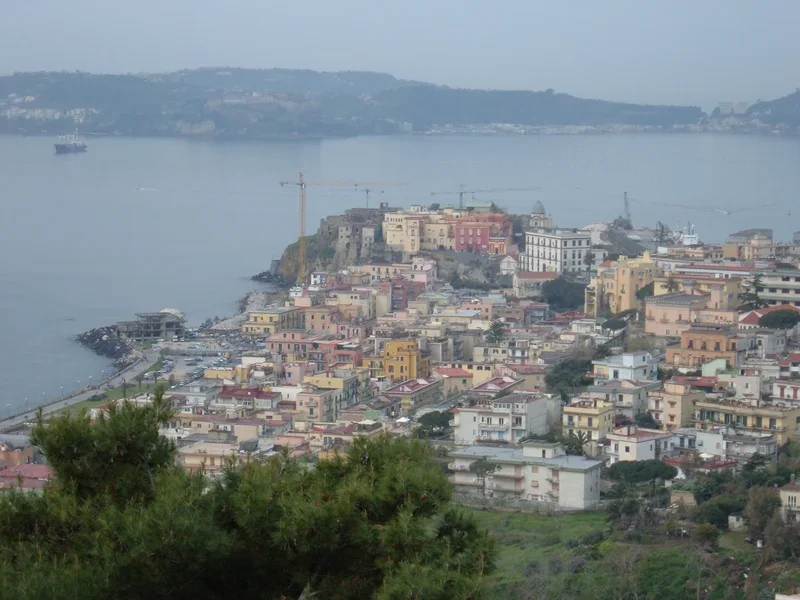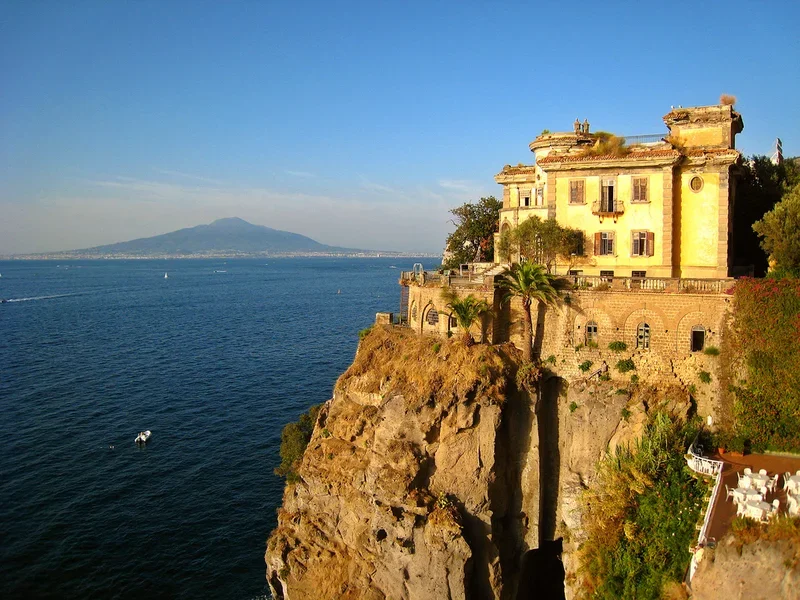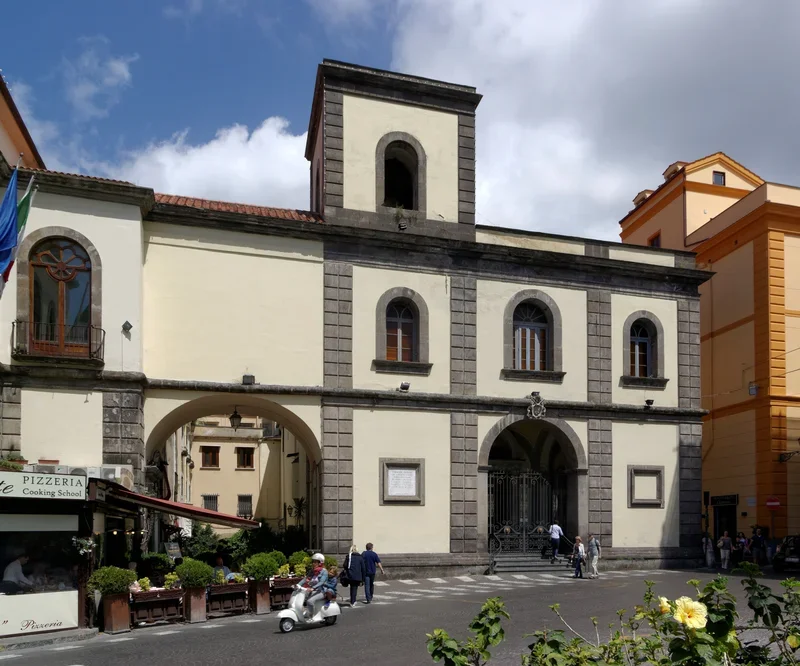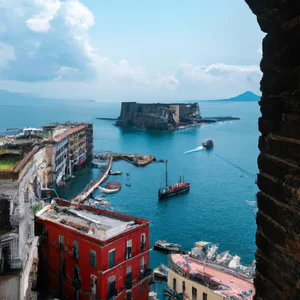Book your experience
Discover the history of Naples with Alessandro Barbero's lesson: watch the streaming here!
Naples, one of the most fascinating cities in Italy, is a place where history is intertwined with daily life, creating a mosaic of cultures, traditions and legends. To fully understand the essence of this extraordinary metropolis, it is essential to know its historical roots and the moments that marked its evolution. In this article, we invite you to discover the history of Naples through the lesson of Alessandro Barbero, an internationally renowned historian, who will guide us through a journey through time, revealing the salient moments of its long and complex history.
From the founding of Neapolis, which dates back to the 8th century BC, until the modern era, Naples has experienced a series of significant transformations. Barbero tells us how the city was an important cultural and commercial center during the Roman Empire, and how, over the centuries, it was influenced by various dominations, including the Byzantines, the Normans and the Swabians. Each era has left an indelible mark, helping to forge the Neapolitan identity.
A crucial aspect of Naples’ history is the period of the Spanish Viceroyalty and subsequent Bourbon rule, which saw the city prosper but also face enormous challenges, culminating in the unification of Italy. Barbero does not limit himself to recounting events, but also offers us a look at 20th century Naples, marked by war and reconstruction. Finally, the author invites us to reflect on how the history of Naples continues to influence its contemporary life. Don’t miss the opportunity to immerse yourself in this fascinating historical tale: follow the link to watch the streaming of Alessandro Barbero’s lesson and discover the history of Naples as you’ve never seen it before.
The foundation of Neapolis
Origins and ancient history
The foundation of Neapolis, the ancient city that later became Naples, dates back to the 8th century BC. According to legend, the city was founded by Greek colonists from Chalcis and Rhodes. Neapolis soon became an important commercial and cultural center in the Mediterranean, thanks to its strategic position and its well-protected port.
Neapolis was later conquered by the Romans in the 3rd century BC. during the Samnite wars and became part of the Roman Empire. During the Roman period, the city experienced a period of prosperity and development, with the construction of important public buildings such as the Roman Theater and the Flavian Amphitheatre.
The Roman presence in Naples is still reflected today in the urban structure of the city and in the numerous archaeological finds that testify to its ancient greatness.
Naples in the Roman Empire
The importance of Naples in the Roman Empire
Naples, formerly known as Neapolis, was founded by Greek colonists in the 6th century BC. and became an important city in the period of the Roman Empire. Thanks to its strategic position on the sea, Naples became an important commercial and cultural center of the Empire.
The Roman infrastructures in Naples
During Roman rule, Naples saw the construction of numerous infrastructures, including roads, aqueducts, theaters and baths. The city became an important center for commerce and art, with the presence of numerous public and private buildings of great importance.
Life in Naples during the Roman Empire
Naples was a wealthy and cosmopolitan city during the Roman Empire, with a diverse population of Romans, Greeks, Jews and other ethnic groups. The city was known for its beauty and culture, with the presence of important artists, philosophers and writers.
Furthermore, Naples was an important center for education and training, with the presence of numerous schools and libraries. The city was also known for its baths and theaters, which attracted visitors from all over the Empire.
In conclusion, Naples was a prosperous and influential city during the Roman Empire, with a rich culture and a lively social and economic life.
The Byzantine era and the Duchy of Naples
The Byzantine era in Naples
The Byzantine presence in Naples began in the 6th century, when the city was conquered by the Eastern Roman Empire during the Gothic Wars. During this period, Naples became an important administrative and military center of the Byzantine Empire in Italy. The city was fortified and equipped with new defensive structures, such as the Castel dell'Ovo and the Castel Capuano.
The Duchy of Naples
In the 9th century, Naples became an autonomous duchy under the control of a duke appointed by the Byzantine Emperor. The Duchy of Naples was one of the most important Italian states of the Middle Ages and prospered thanks to maritime trade and agricultural activities. During this period, the city experienced a period of artistic and cultural flowering, with the construction of churches and palaces of great historical importance.
Furthermore, the Duchy of Naples was the scene of clashes and alliances with other Italian states and with the Byzantine Empire. In the 10th century, the Duchy was involved in the wars between the Byzantines and the Lombards for the control of southern Italy, and it was only with the arrival of the Normans that Naples definitively came under the control of a new dynasty.
In conclusion, the Byzantine era and the Duchy of Naples represent a fundamental period in the history of the city, characterized by economic prosperity, cultural development and political conflicts that have contributed to shaping the identity of Naples up to the present day.
The Kingdom of Naples under the Normans
The years of Norman domination were a crucial period for the history of Naples and the Kingdom of Sicily. It was during this period that the Normans managed to conquer southern Italy and found a powerful kingdom that would have a lasting impact on the history of the region.
Norman conquest
The Kingdom of Naples under the Normans began with the conquest of the city in 1137 by Roger II of Sicily, the first Norman king of southern Italy. After the conquest, the kingdom of Naples became part of the Kingdom of Sicily, which included all of Sicily and much of southern Italy. The Normans were responsible for the construction of many of Naples' most important monuments, such as the Castel Nuovo and the Cathedral of San Gennaro.
During the Norman period, Naples became an important cultural and commercial center in the Mediterranean. The city became a crossroads of cultures and religions, with a cosmopolitan population that included Christians, Muslims and Jews. This period of religious and cultural tolerance contributed to the economic and cultural growth of the city.
Norman succession
After the death of Roger II, the kingdom of Naples passed to various Norman rulers, including William I of Sicily and William II of Sicily. During the reign of William II, the kingdom of Naples reached its peak in terms of power and prosperity, with the city of Naples becoming one of the most important in the entire Norman kingdom.
The Norman period ended with the death of William II in 1189, when the kingdom of Naples came under the control of the Swabians. However, the Norman legacy would live on in the kingdom of Naples, influencing its culture, economy and politics for many centuries to come.
The Swabian dynasty and the reign of Frederick II
The Swabian domination in Naples
The Swabian dynasty, led by Emperor Frederick II, dominated the Kingdom of Naples in the 13th century. Frederick II, known for his political and military skills, brought a period of great prosperity and development to Naples. During his reign, the city became an important cultural and commercial center, with a multicultural population and a rich artistic life.
The policies of Frederick II
Federico II implemented innovative policies to promote the economic development of the Kingdom of Naples. He favored the construction of roads, bridges and ports to facilitate trade and promoted culture and the arts through the creation of libraries, schools and universities. Furthermore, he promoted peaceful coexistence between the different religious communities present in the kingdom, guaranteeing freedom of worship and protection for Muslims, Jews and Christians.
The decline of the Swabian dynasty
After the death of Frederick II, the Swabian dynasty began to decline due to internal power struggles and conflicts with other European powers. In the 14th century, the kingdom of Naples came under the control of the Angevin dynasty, marking the end of the Swabian era in Naples. However, the legacy of Frederick II and the Swabian dynasty remained important for the subsequent development of the city and the kingdom.
The Angevin and Aragonese influence
Angevins
After the end of the Swabian period, in 1266 Charles I of Anjou conquered the kingdom of Naples and founded the Angevin dynasty. Their rule lasted until 1442 and brought important changes to the city. Naples became an important political, cultural and economic center, with the construction of new palaces and churches, such as the Castel Nuovo and the Church of San Lorenzo Maggiore.
The Angevins ruled the Kingdom of Naples for almost two centuries, profoundly influencing the history and culture of the city. During their rule, Naples was the scene of important historical events, such as the revolt of the barons in the 14th century and the black plague that struck the city in the 15th century.
Aragonese
In 1442 the kingdom of Naples came under the control of the Aragonese dynasty, with the accession to the throne of Alfonso V of Aragon. The Aragonese brought further changes to Naples, with the construction of new fortifications and the promotion of arts and culture.
During Aragonese rule, Naples experienced a period of relative stability and prosperity, with the development of trade and craftsmanship. The city became an important center for the arts, with the presence of internationally renowned artists and writers.
In conclusion, the Angevin and Aragonese influence has left an indelible mark on the history of Naples, helping to define the identity and character of the city up to the present day.
Naples during the Viceroyalty Spanish
The arrival of the Spaniards in Naples
In 1504, with the death of Ferdinand I of Aragon, the kingdom of Naples came under the control of the Spanish crown, in particular of Charles V. The Spanish brought with them new cultural and economic influences that would shape the city and the kingdom for centuries to come.
The Spanish domination
During the period of the Spanish Viceroyalty, Naples experienced a period of great artistic and architectural splendor, with the construction of numerous churches, palaces and monuments which still characterize the urban panorama of the city today. The Spanish also contributed to the economic development of Naples, making it one of the main commercial centers in the Mediterranean.
However, Spanish domination was not without conflicts and social tensions. The Neapolitan population, already tested by centuries of foreign domination, began to rebel against the Spanish government, culminating in the revolt of 1647 led by Masaniello. This revolt, although suppressed in blood, contributed to weakening the Spanish presence in Naples.
Spanish heritage in Naples
Despite the end of the Spanish Viceroyalty in 1707, the Spanish influence remained alive in Naples for a long time. Numerous monuments and works of art created during the Spanish period are still visible in the city, testifying to the grandeur and richness of that historical period. Furthermore, many Neapolitan traditions and customs have Spanish roots, demonstrating how profound the impact of Spanish domination was on Neapolitan culture and society.
In conclusion, the Spanish Viceroyalty represents an important chapter in the history of Naples, a period of artistic and economic splendor that left an indelible mark on the city and its people.
The Bourbon period and the unification of Italy
The Kingdom of Naples under the Bourbon dynasty
After Spanish domination, Naples came under the control of the Bourbon dynasty in the 18th century. The Bourbon period in Naples is characterized by a series of significant reforms and changes. Charles of Bourbon, who became king of Naples in 1734, introduced important administrative, economic and social reforms. During his reign, Naples experienced a period of relative prosperity and development.
The Napoleonic wars and the unification of Italy
With the advent of Napoleon Bonaparte and the Napoleonic Wars, the Kingdom of Naples was involved in conflicts and political changes. After the defeat of Napoleon, the Congress of Vienna in 1815 assigned the Kingdom of Naples to the Bourbon dynasty. However, the rise of the Risorgimento movement and the unification of Italy led to the end of Bourbon rule in Naples.
The unification of Italy and the fate of Naples
Naples was one of the main theaters of the struggle for the unification of Italy. In 1860, with the help of Garibaldi and the Thousand, Naples was conquered and annexed to the Kingdom of Italy. The unification of Italy led to profound political, social and economic transformations in Naples. The city became an integral part of the new unitary Italian state and was involved in the process of modernization and development of the country.
Naples in the 20th century: war and reconstruction
The Second World War and the German occupation
During the 20th century, Naples was the protagonist of one of the most difficult periods in its history during the Second World War. The city was heavily bombed by the Allies, who were trying to weaken the Axis forces present in Italy. In September 1943, German troops occupied the city and established a regime of terror, with reprisals against civilians and deportations to concentration camps.
The Neapolitan population suffered enormous suffering during the German occupation, with famine, disease and destruction that hit the city and its people hard. However, despite the adversities, the Neapolitan resistance mobilized to counter the occupation and contribute to the liberation of the city.
The reconstruction and rebirth of Naples
After the end of the war, Naples found itself faced with the difficult challenge of reconstruction. Many areas of the city had been destroyed by bombing and the population was in precarious conditions. However, thanks to the commitment of the local authorities and the solidarity of the community, Naples began to recover.
The reconstruction of the city involved the creation of new infrastructure and the redevelopment of damaged areas. Furthermore, economic and social development policies were initiated to improve the living conditions of the population. Naples managed to be reborn from the rubble of war, preserving its spirit and unique identity.
Today, 20th century Naples represents an important chapter in the city's history, marked by the suffering and resilience of its people. The memory of those difficult years is still alive among the Neapolitans, who continue to pass on the testimonies of that period and to celebrate their ability to recover and look to the future with hope.

